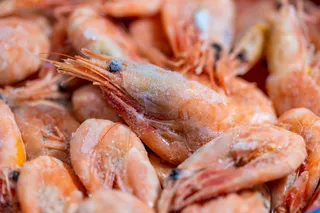This article is reposted from the old Wordpress incarnation of Not Exactly Rocket Science.
It's not just us who like to go travelling in the summer - flu viruses do it too. After a busy winter of infection, they turn into the gap-year students of the virus world. They travel round the world, meet new viruses, swap genetic material, and returning back, changed and unrecognisable (at least to our immune systems).
The success of flu viruses hinges on their ability to rapidly fool our immune systems by changing the proteins that line their surface. Every year, they put on a new disguise that shield them from any immunity built up the year before, allowing them to constantly re-infect the same populations of people.
But when scientists looked for these fast evolutionary changes during the epidemic season (November to March in the northern hemisphere), they found surprisingly little. That suggests that ...













